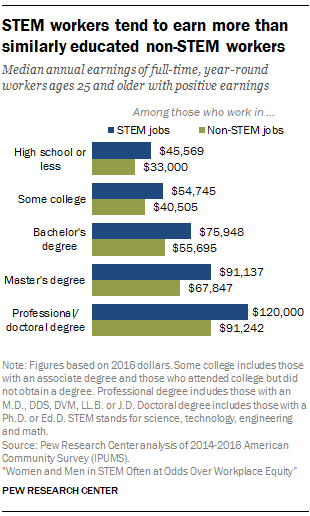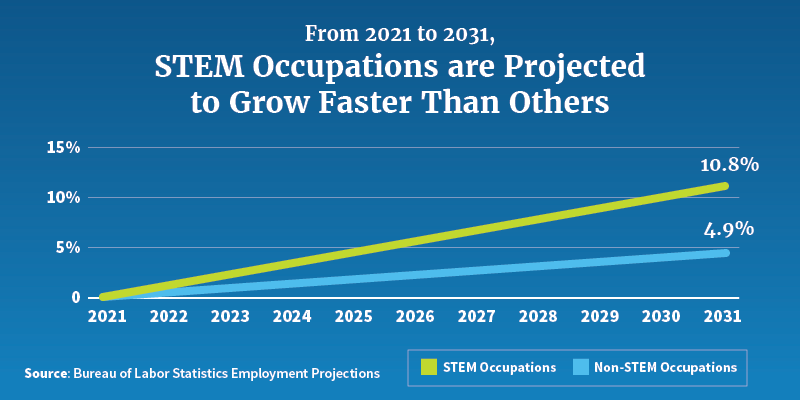STEM, Science, Technology, Engineering, and Mathematics, represent an interdisciplinary approach to learning that equips students with essential skills for the 21st century. As an educator, you play a crucial role in fostering curiosity and critical thinking among your learners. By integrating STEM concepts into your curriculum, you not only engage students but also help them develop problem-solving abilities that are applicable across various fields. This approach encourages collaboration and innovation, making learning more dynamic and relevant.

WHY IS STEM IMPORTANT?
As an educator, adding robotics to your curriculum is crucial for several reasons:
Hands-On Learning: Robotics offers students a chance to work with tangible, interactive projects. This hands-on experience helps solidify theoretical concepts, especially in subjects like engineering, technology, and math. It’s a great way to make learning more engaging.
Develops Problem-Solving Skills: Building and programming robots requires critical thinking, creativity, and troubleshooting. Students learn to identify problems, test solutions, and adapt when things don’t work out. These skills are essential for success in any field.
Encourages Collaboration: Robotics often involves group work, allowing students to collaborate and develop teamwork and communication skills. In today’s world, being able to work well with others is just as important as individual talent.
Prepares Students for Future Careers: As automation and technology become central to almost every industry, understanding robotics provides students with a competitive edge. It introduces them to concepts used in fields like AI, engineering, manufacturing, and industrial automation.
STEM Engagement: Robotics combines science, technology, engineering, and math in a fun and practical way. It sparks interest in STEM fields, helping students see how these subjects are connected and how they apply to real-world scenarios.
Encourages Innovation: Robotics fosters a creative mindset. It pushes students to experiment, innovate, and push the boundaries of what’s possible. They learn that failure is part of the process, which builds resilience.
By incorporating robotics into the curriculum, we can inspire the next generation of thinkers, creators, and problem-solvers, preparing them for a future that will increasingly rely on technology. Contact us! Let’s talk about how we can bring robotics and engineering to your students.



